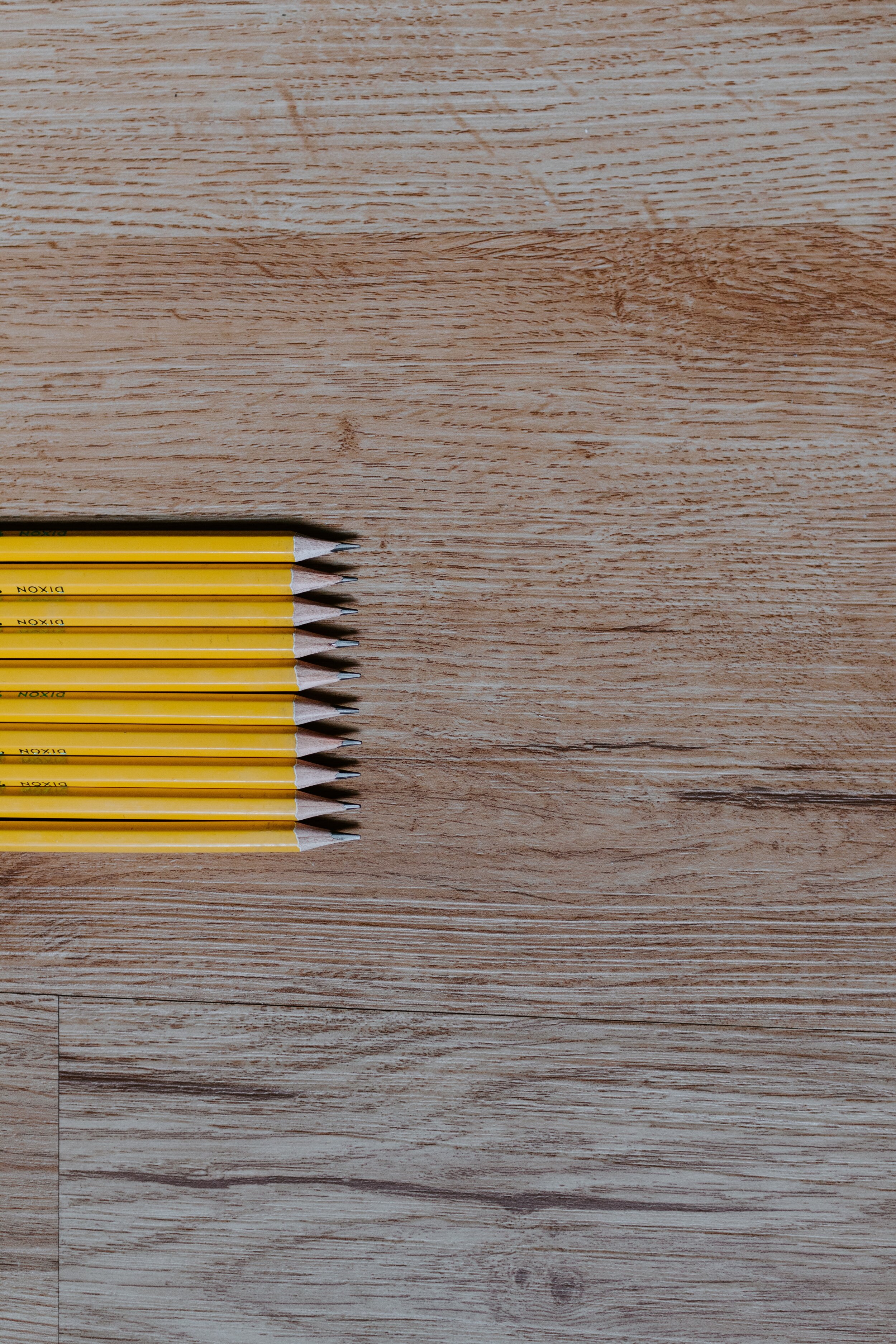“No iron can pierce the human heart as chillingly as a full stop placed at the right time.”
When it comes to choosing a professional editor to work on your novel, things can get confusing. What’s the difference between proofreading and copyediting? What does a developmental editor do? And which editing comes first? Read on for our mini-guide to the different types of editing.
Proofreading
Proofreading is the final polish of a manuscript: a safety net that ensures nothing slips through. Typically, a proofreader will look out for micro-level errors such as spelling mistakes, typos and punctuation errors; errors in page numbering, text alignment, spacing, font size and style. If you’re planning to self-publish and have limited funds to invest in editing, it’s always worth getting a proofreader to check your manuscript before it goes into the world.
Copyediting
A copyedit will check for and correct grammatical, spelling, syntax and punctuation errors as well as consistency in spelling, capitalization, font usage, numerals and hyphenation. Continuity errors will also be checked, as well as factually incorrect statements. In fiction, this continuity applies to character description, plot points and setting. Finally, a copyedit will check for potential legal liability and verify that a manuscript does not libel others.
“The wastebasket is a writer’s best friend. ”
Line editing
Although a line edit will check and correct all the potential errors involved in copy editing and proofreading, the real work in this kind of editing is to do with the writer’s language. A really good line editor will suggest changes to the language to make it clearer and stronger, changes that will also enhance and strengthen a writer’s style and voice.
Developmental editing
Sometimes called structural or content editing, this is the Big Daddy of editing services and is usually best employed at an early draft stage. A developmental editor will read your manuscript paying particular attention to macro-areas such as story, genre, plot, pace, character, dialogue, setting, voice, structure and tone.
Typically, a developmental edit will entail detailed notes on your manuscript, including areas that need development and suggestions for rewrites. Comments may also be embedded into the text to illustrate areas in need of further work. This kind of editing is very labour intensive and, to be really effective, requires an editor to have a deep understanding of story analysis.
And that’s it: four very different types of editing, all useful but at different times.
For anyone who’s interested in learning more about the relationship between writing and editing, the following books are highly recommended:
Athill, D. Stet, Granta, 2011
Coyne, S. The Story Grid, Black Irish Books, 2015
Saunders, G, A Swim in a Pond in the Rain, Bloomsbury, 2021
Maxwell, W. The Happiness of Getting it Down Right, Random House, 1998



